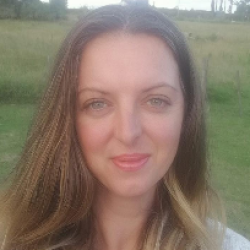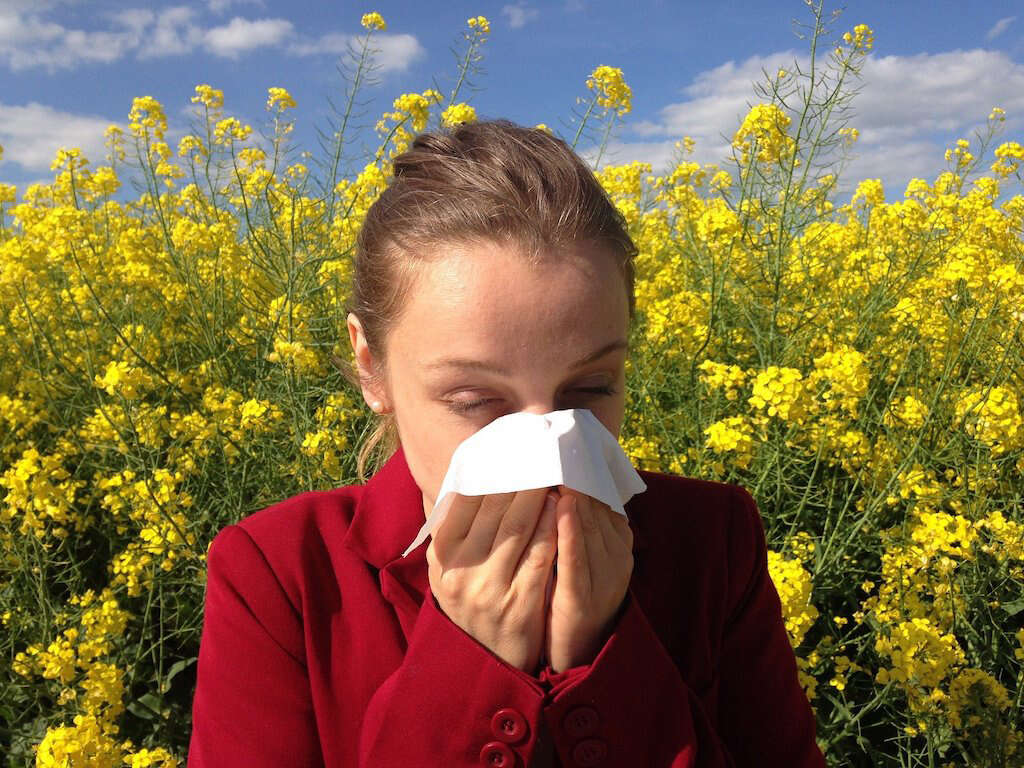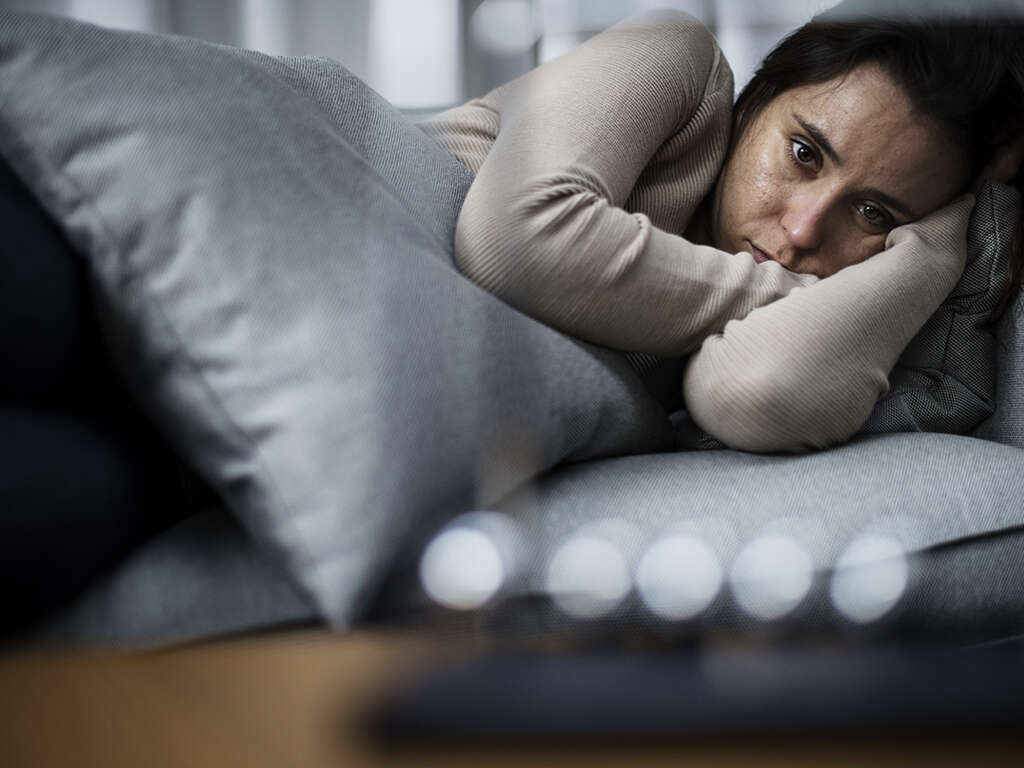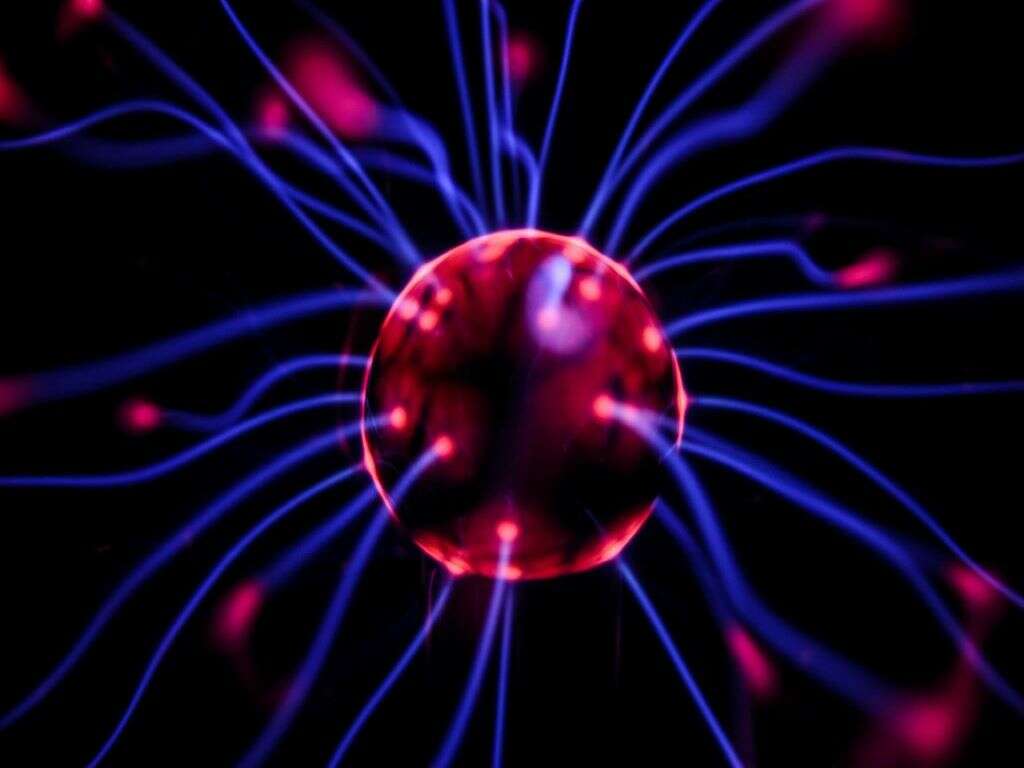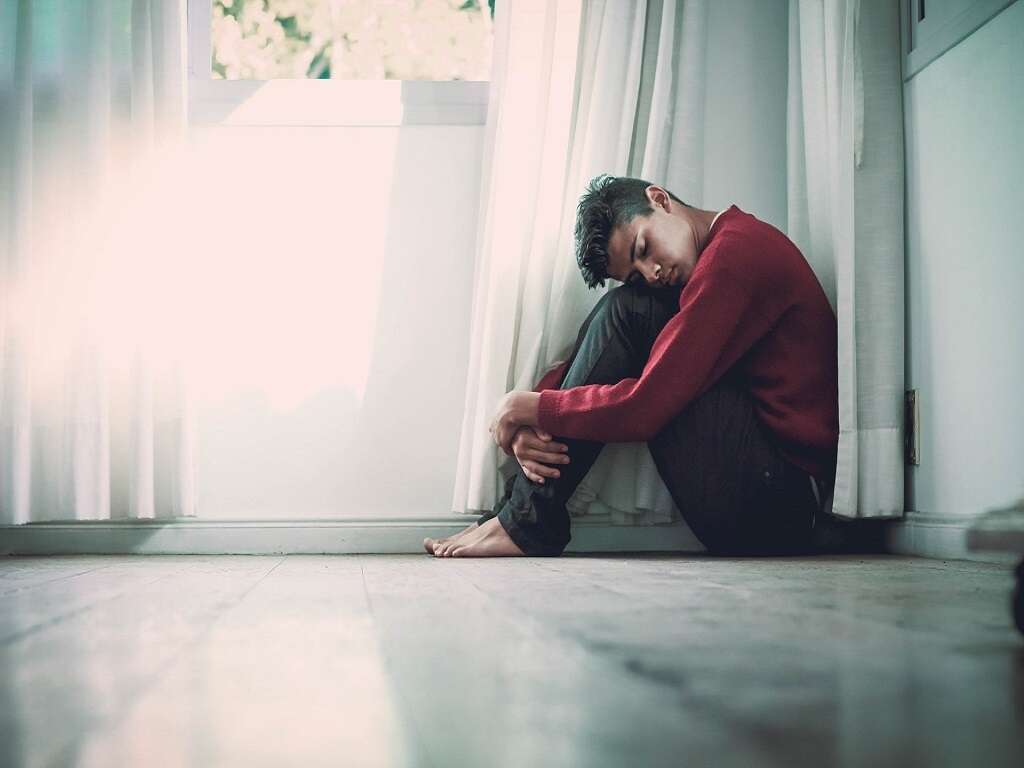10 Seasonal Affective Disorder Symptoms
 Article Sources
Article Sources
- 1. 'Seasonal Affective Disorder.' https://www.nimh.nih.gov/health/publications/seasonal-affective-disorder/
- 2. 'Seasonal Affective Disorder or SAD - Health Encyclopedia - University of Rochester Medical Center.' https://www.urmc.rochester.edu/encyclopedia/content.aspx?ContentTypeID=85&ContentID=P00755
- 3. Seasonal affective disorder.' https://www.health.harvard.edu/depression/seasonal-affective-disorder-overview
- 4. Seasonal Affective Disorder.' https://u.osu.edu/emotionalfitness/category/seasonal-affective-disorder/
Seasonal affective disorder is a form of depression that corresponds with the change of seasons. This condition commonly commences in early fall, becoming worse in winter and alleviating by early spring. A rarer form of SAD begins in late spring and ends at the beginning of fall.
"Winter blues" is a milder version of SAD that is more commonly experienced. SAD is more severe as it's a form of depression and affects daily functioning, mood and self-perception. The symptoms can be overpowering and distressing, interfering with coping ability and everyday life. It's classified as a major depressive disorder with a seasonal pattern.

Symptoms
Those who experience SAD can have depressive symptoms similar to those of major depressive disorders, including feelings of sadness and persistent moodiness, and these symptoms occur daily.
Extreme tiredness, lack of energy and a loss of interest in the activities that previously brought fulfillment are also commonly experienced by those with SAD. Feelings of hopelessness and despair also lead to the affected person becoming less sociable and spending more time alone. People with this disorder sleep much more than average and have increased appetites, with particularly cravings for carbohydrates.1‘Seasonal Affective Disorder.’ https://www.nimh.nih.gov/health/publications/seasonal-affective-disorder/

Causes
The exact causes of SAD are unknown, but research suggests that hormones may trigger changes in mood at certain times of year. It correlates with vitamin D deficiency due to the lack of sunshine in the winter and fall that can cause the brain to produce less serotonin, a chemical responsible for regulating mood.
Other factors affecting mood may include changes in circadian rhythm and interference with the body's internal clock that regulates hormones and mood, due to lower levels of sunlight.

Diagnosis
SAD is a type of major depressive disorder with a seasonal component, as per DSM 5 published by the American Psychiatric Association. It's not always a simple matter to diagnose this condition, as other mood disorders commonly present with similar symptoms.
It's diagnosed in individuals that have a depression that commences during the cold seasons and lifts during the warm seasons, when a person has more exposure to sunlight. 2‘Seasonal Affective Disorder or SAD - Health Encyclopedia - University of Rochester Medical Center.’ https://www.urmc.rochester.edu/encyclopedia/content.aspx?ContentTypeID=85&ContentID=P00755

Medication
Most physicians treat this condition with a combination of medication and light therapy. Antidepressants are the first line of defense in treatment, since SAD is associated with imbalances in serotonin.
The medications most commonly prescribed are Zoloft, Prozac, Paxil and Lexapro, which increase the brain's serotonin levels. Bupropion is also used to treat SAD as it works on dopamine, another neurotransmitter. Eldepryl additionally blocks monoamine oxidase, which can be harmful to neurotransmitters. It's commonly used in the treatment of more severe symptoms of SAD.3Seasonal affective disorder.’ https://www.health.harvard.edu/depression/seasonal-affective-disorder-overview

Treatment
The treatment prescribed for seasonal affective disorder depends on the severity of the symptoms. Light therapy is very effective in treating this condition and involves being close to a light therapy box for at least 20 minutes daily. Those affected can also spend time outdoors and sitting next to a window.
Antidepressants are a popular means of treating the symptoms of SAD and selective serotonin reuptake inhibitors are the most commonly prescribed medications. Talk therapy also assists in treating SAD and has the longest-lasting results.

Self-Care
The symptoms of SAD can be relieved by receiving the correct diagnosis and treatment for the condition. Medications need to be taken as prescribed and a lightbox used for at least the minimum time suggested. If there is no improvement, a medical professional should be contacted.
Following best health practices with a healthy diet, a proper amount of sleep and exercise will also yield positive results. Starting treatment well before the period of onset can also make a difference in the severity of the symptoms.

Duration of Treatment
Light therapy reduces the production of melatonin and increases serotonin, thereby having a positive effect on mood. Treatment is commonly initiated in fall when weather conditions change and the sun begins to disappear. Light therapy usually ends in spring when weather conditions improve and there is sufficient sunlight.
Light therapy can begin to produce positive results within two to four days of commencing treatment and commonly reaches its full effectiveness within two weeks. SSRIs can require four to six weeks to achieve full effectivity.

Prevention
People that experience SAD can benefit from starting their treatment ahead of time. Taking medication and using a light lamp in fall can assist in minimizing depression. Sitting next to a window and spending time outdoors daily may also yield good results as daylight is beneficial whether or not the sun is shining.
Keeping active, staying socially connected and participating in group activities is also very beneficial to combat the feelings of isolation that come with SAD.4Seasonal Affective Disorder.’ https://u.osu.edu/emotionalfitness/category/seasonal-affective-disorder/

Medical Help
Everyone feels blue sometimes but if the feeling goes on for a number of days, it probably indicates something more serious. If the low mood also always occurs at a certain time of year, it could be an indication of SAD.
Feeling down for a period of two weeks or longer means that it may be time to consult a doctor. They should be informed of all the symptoms that are being experienced and their recommendations should be followed for the condition's duration.

Risk Factors
Seasonal affective disorder affects women four times more frequently than men and affects younger adults more than older adults. The most common age of onset is between 20 and 30 years.
The chances of developing SAD are increased by a family history of major depression and psychiatric disorders, as well as living within close proximity to either of the poles. As SAD corresponds to fewer daylight hours during winter, it occurs far less frequently in countries that experience year-round sunshine.


